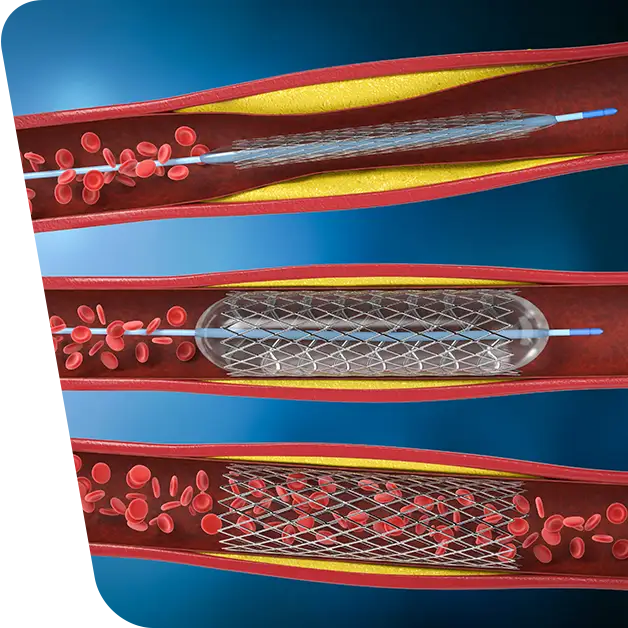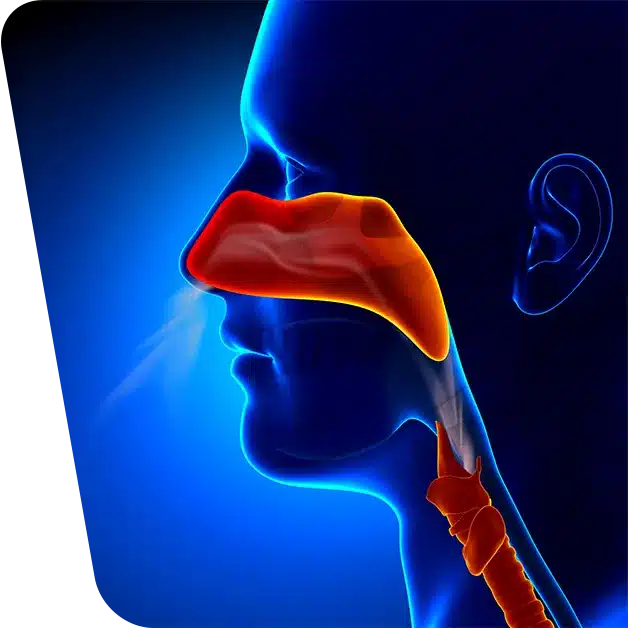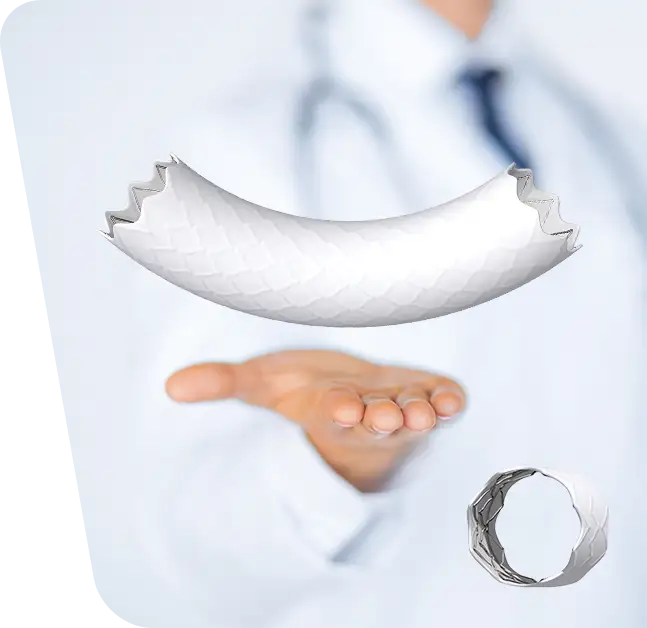What is Bartholin’s gland? The Bartholin’s gland (or larger vestibular glands) are important organs of the female reproductive system. The Danish anatomist Caspar Bartholin Secundus first described them in 1677. Their main function is to produce a mucoid secretion that helps lubricate the vagina and vulva. These glands are located in the vulvar vestibule, on either side of the external opening of the vagina and are the size of a pea. They are homologous to the bulbourethral (Cowper) glands in males.
Bartholin gland pathology may present as an asymptomatic mass, causing only vulvar asymmetry. Symptomatic masses may present with severe tenderness, surrounding erythema (pinkness) and oedema. Cysts and abscesses often form in women of reproductive age and do not require treatment. Rarely, mass biopsy and excision may be necessary if malignancy is suspected. Learn all about ovarian cysts: Ovarian cysts – types, symptoms, treatment.
Table of contents
ToggleWhen does a Bartholin’s gland cyst occur?
Blockage of a Bartholin duct leads to fluid formation in the Bartholin gland. The Bartholin gland, when blocked forms a Bartholin gland cyst or Bartholin duct cyst. These cysts can vary in size and usually grow slowly. If the Bartholin’s gland or Bartholin’s duct becomes infected it can lead to a Bartholin’s gland abscess.
Bartholin’s gland cysts are often small and painless, and most disappear without treatment.
What causes Bartholin’s cysts?
Doctors are not yet sure what causes these glands to become blocked, but the infection that causes the cyst may be caused by bacteria such as E-coli. Also, in rare cases, the cysts may be caused by bacteria that cause sexually transmitted infections (STIs) such as gonorrhea or chlamydia.
According to statistics, about 2 in 10 women may develop a Bartholin’s gland cyst at some point. Typically, the approximate age at which Bartholin’s cysts can develop is 20, with the possibility of occurrence decreasing with advancing age.
What are the specific symptoms of a Bartholin’s cyst?
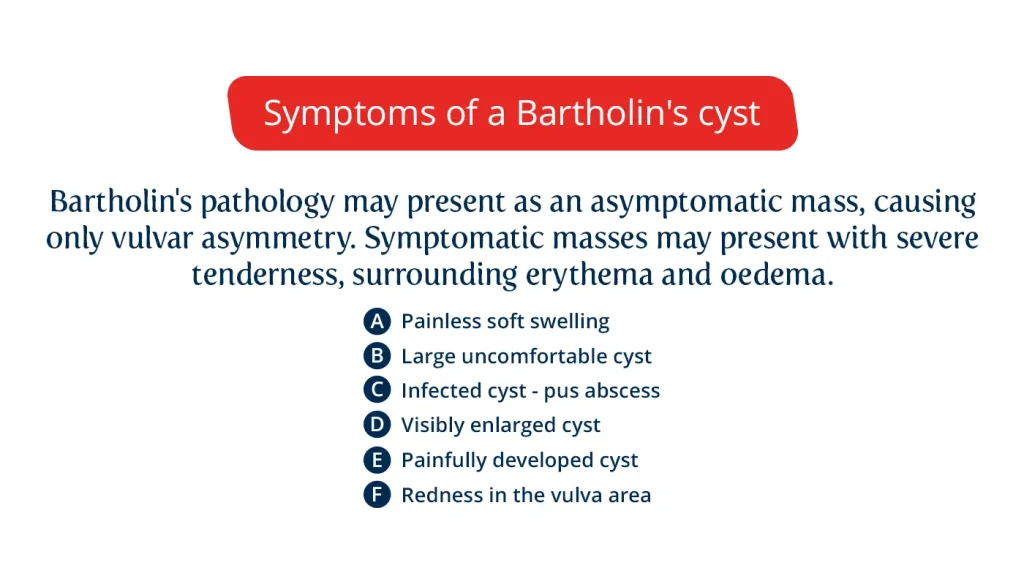
You may have no symptoms if your Bartholin’s gland cyst is small, but a large cyst or an infected cyst (abscess) can cause quite serious and unpleasant symptoms.
Bartholin’s Gland – Symptoms of a cyst that is not infected include:
- A painless swelling in the vulvar area;
- Redness or swelling in the vulvar area;
- Discomfort during movement or sexual intercourse.
Bartholin’s gland – Symptoms of an infected cyst include:
- Pain that worsens and makes it difficult to sit or move;
- Fever and chills;
- Swelling in the vulvar area;
- Leaking of the cyst.
How is a Bartholin’s gland cyst diagnosed?
A Bartholin’s gland cyst can be diagnosed either by the patient, by palpation, or by the specialist who may observe it during a physical examination. In general, if the cyst causes no symptoms, it is very unlikely to be discovered by the patient.
An abscess is diagnosed based on signs of infection, such as fever or swelling, and pain in the vulvar area.
In some cases, especially in older people, the specialist may remove the cyst to make sure it is not cancerous or influencing another health problem. All about screening and how it helps diagnose cancer.
To diagnose a Bartholin’s cyst, your doctor can:
- Ask questions about your medical history;
- Perform a pelvic exam;
- Take a sample of secretions from your vagina or cervix to check for a sexually transmitted infection;
- Recommend a cyst mass test (biopsy) to check for cancer cells (especially in patients who are postmenopausal or over 40).
If your doctor finds cancer, he or she may refer you to a gynaecologist who specialises in cancers of the female reproductive system. The VenArt Clinic specialises in gynaecological surgery and gynaecological oncology.
How are Bartholin’s gland cysts treated?
If the patient suffers from any sexually transmitted infection or if the cyst is infected, the specialist will prescribe an antibiotic. He or she may also prescribe topical medication to be applied to the skin. If the patient is under 40 and the cyst is not causing problems, the doctor will probably not prescribe any treatment.
A simple sitz bath may help the cyst go away on its own:
- Fill a tub with enough water to cover your vulva and sit down gently;
- Do this several times a day for 3 or 4 days. The cyst may burst and drain on its own.
If your Bartholin’s cyst causes problems – or if it turns into an abscess – you will need to see your doctor. He or she will advise you in one of three ways:
Surgical drainage of Bartholin’s gland cysts
The doctor will make a small cut in the cyst and place a small rubber tube (catheter) into the opening to allow it to drain. The cyst itself may disappear within 6 weeks after surgery, but the patient will feel better immediately after the fluid has disappeared. You may need to take pain medication for a few days after drainage.
Side effects of surgical drainage include pain or discomfort – especially during sexual intercourse. You may also experience swelling of the labia, develop an infection, bleeding or scarring.
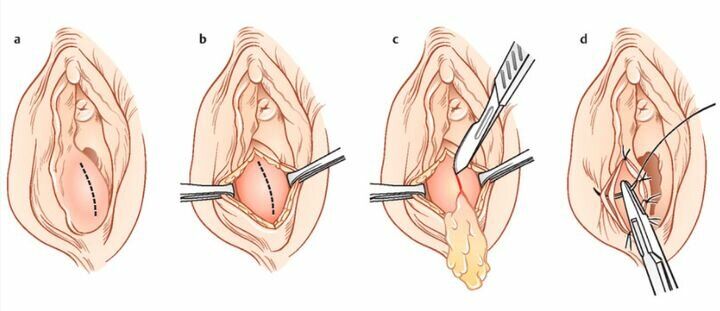
Bartholin’s Cyst Marsupialization
If your cysts bother you or recur frequently, this procedure can help you get rid of the problem. The doctor will cut the cyst open, then stitch the skin around it to form a small pouch, this allows fluid to drain out. The doctor will pack the area with special gauze to absorb the fluid and blood. This process takes less than half an hour and discharge is the same day. Your doctor may prescribe painkillers after such a procedure. There is also a risk of infection, bleeding or recurrence of the abscess.

Bartholin’s gland removal
Your doctor may recommend this option if the others haven’t worked or Bartholin’s gland cysts and abscesses frequently recur even after treatment. This operation takes about an hour and is done under full anaesthesia. Discharge can be done immediately after the operation. Possible side effects include bleeding, sores and infections. A complex and comprehensive range of procedures can be performed laparoscopically in Venart’s General Surgery Department.
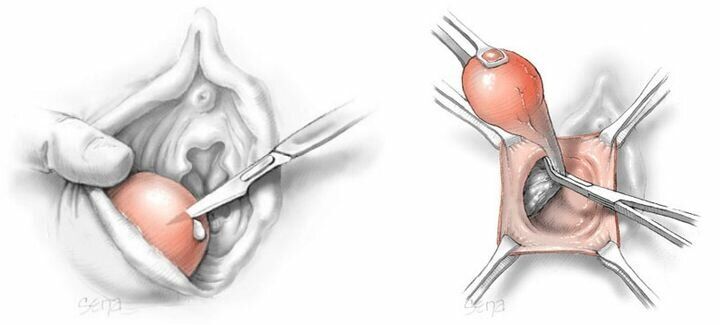
Bartholin gland – Other treatment methods
Carbon dioxide laser therapy can vaporise the cyst. A study by Fambrini M and colleagues concluded that CO2 laser vaporization is a safe and effective way to completely treat a Bartholin’s cyst. Silver nitrate ablation after cyst drainage was as effective as marsupialization and caused less scar formation.
How can we prevent Bartholin’s gland cysts?
There is no 100% effective way to prevent a Bartholin’s gland cyst from developing. But safer precautionary measures, such as using condoms, can help prevent an infection or the formation of cysts. Good hygiene can also decrease the chances of developing cysts or abscesses of the gland.




